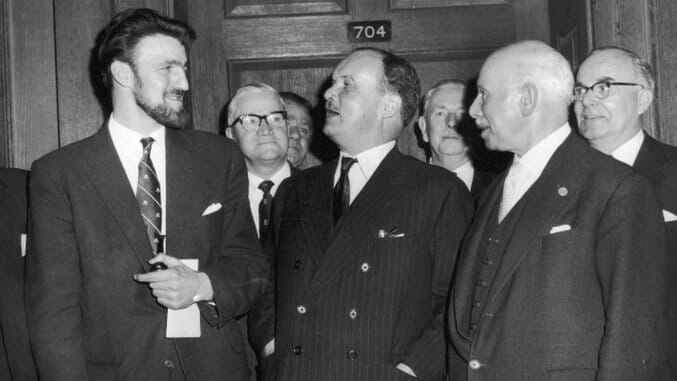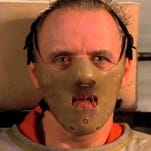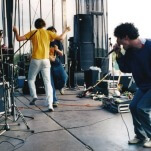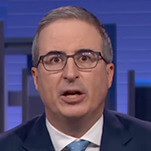Throwback Thursday: English Football Abolishes The £20 Wage Cap (January 18th, 1961)
Photo by Edward Miller/Getty
When reading the backpages about the blockbuster deals surrounding the likes of Gareth Bale, Luis Suárez, and Raheem Sterling, it’s easy to forget that there was a time when things were very different for professional footballers. Those who make the game what it is used to ply their trade under conditions that no one would tolerate today: unsafe working conditions, no job security, no protection or safety net should something terrible happen, no leverage in contract negotiations, and, of course, relatively little pay. Until the middle of the 20th Century, “professional footballer” was practically a contradiction in terms.
Yet things did get better for footballers over time, thanks to stronger organization and a willingness by more and more players to stand up for what any working stiff wanted— a living wage.
This week, we look back 55 years on one of the biggest advances in professional football: the end of the £20 wage cap in English football.
-

-

-

-

-

-

-

-

-

-

-

-

-

-

-

-

-

-

-

-

-

-

-

-

-

-

-

-

-

-

-

-

-

-

-

-

-

-

-

-









































